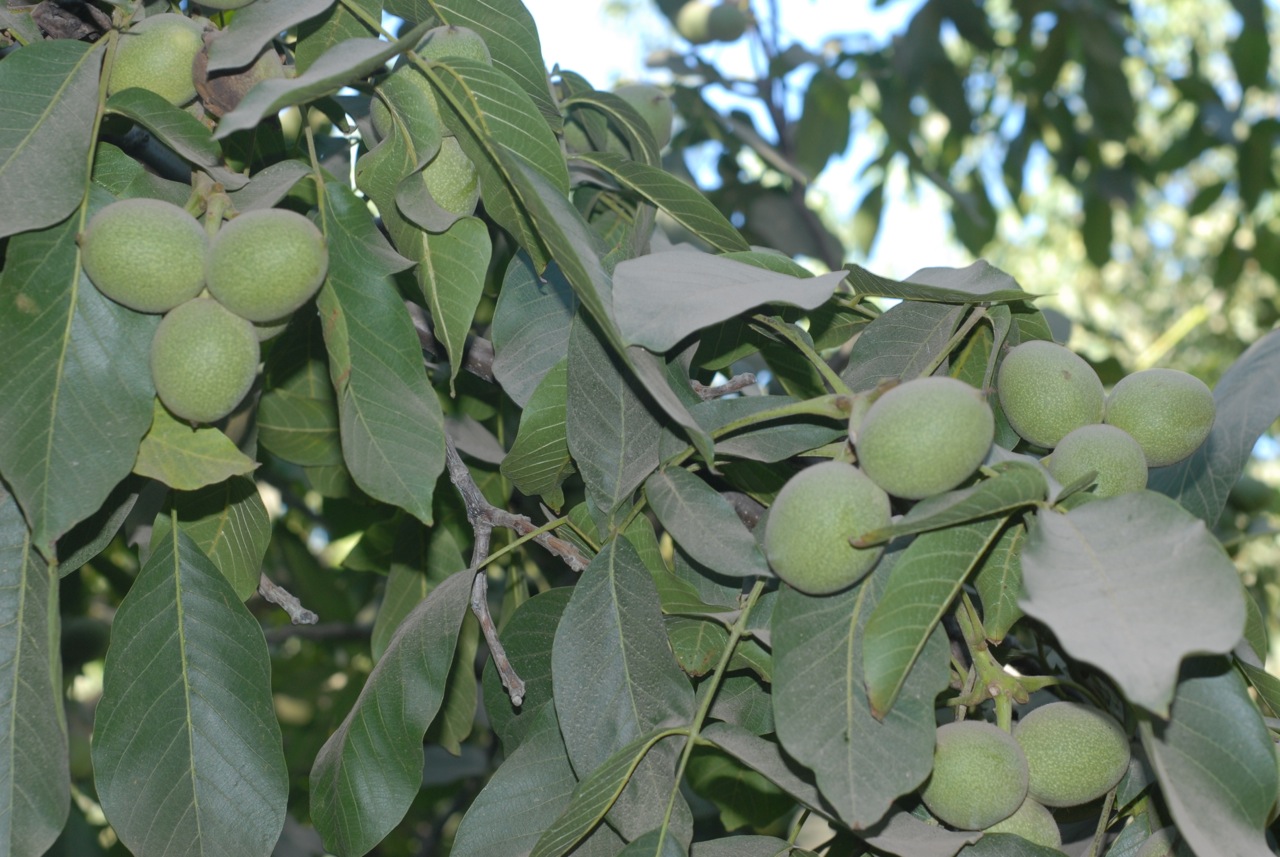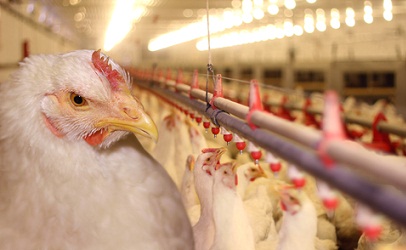Fight For Water Film Can Now be Viewed and Rented On-Line
The Fight For Water Film, a farm workers Struggle– is now available to be viewed or rented on-line.
Juan Carlos Oseguera, an independent filmmaker who produced the Fight for Water Film, based on the 2009 California Water March protesting a reduced water allocation due to the Delta Smelt. He has received a lot of recognition regarding the film, which is now available on line if you have been able to see it at a screening.
Go to Fight for Water.com where you can view and rent the movie. Information is at the end of the trailer.
“If anyone has not been able to see the film at a screening or film festival, they can now go to the website to view the film which focuses on the a water situation that not only is effecting the valley but the entire state of California,” Oseguera said
Oseguera also noted that more schools and colleges are showing the film on their campuses. “We are seeing a lot of request to get the movie to colleges and universities. I am glad that they are responding because the film is an educational film about the water situation, about water rights, and about environmental rulings, which helps get the movie out there to more audiences.”









 Westlands Water District General Manager Thomas Birmingham issued the following statement on the drought bill passage:
Westlands Water District General Manager Thomas Birmingham issued the following statement on the drought bill passage:











